Description
Be the first to learn how to use Python in Excel.
Use Python in Excel to Boost Your Efficiency and Conduct Advanced Financial Analysis
Don’t fall short in handling complex and large datasets.
Instead, start using Python in Excel and create advanced analyses and automation that weren’t possible till now.
This course is for you if:
- You want to save valuable time and become more efficient in Excel
- You want to be able to conduct more data-heavy tasks and analyses
- You want to automate repetitive tasks and streamline your work
Q: Who is this guide designed for?
A: This guide is designed for finance professionals, including FP&A specialists, financial analysts, accountants, and CFOs, who want to leverage Python in Excel for more advanced financial modeling, automation, and data analysis.
Q: What will I learn in this guide?
A: You will learn how to integrate Python into Excel to enhance your financial analysis, automate repetitive tasks, perform advanced data visualizations, and apply predictive models such as Monte Carlo simulations and machine learning for forecasting and risk management.
Q: Who will benefit the most from this guide?
A: Finance professionals, especially those working in corporate finance, FP&A, or financial reporting, will benefit the most from this guide as it equips them with the tools to handle larger datasets, automate processes, and enhance decision-making through advanced analysis.
Q: What makes this guide unique compared to others in the market?
A: This guide uniquely integrates Python’s powerful capabilities directly into Excel, combining the simplicity of Excel’s interface with Python’s advanced features for financial analysis. It also includes step-by-step instructions and uses real-world financial use cases, making it accessible even for those without programming experience.
Q: What key skills and knowledge will I gain from this guide?
A: You will gain skills in automating financial workflows, building advanced financial models, performing data visualizations, conducting Monte Carlo simulations, using machine learning for predictive finance, and leveraging Python libraries like pandas, NumPy, and scikit-learn within Excel.
Q: How long is the guide, and what does it include?
A: The guide includes 50+ pages of content spread across multiple chapters, covering topics like installing Python in Excel, using Python for financial analysis, data visualizations, cohort analysis, Monte Carlo simulations, machine learning, and automating financial reports.
Q: What is the total value of this guide, and how much does it cost?
A: The guide’s total value is $137, but you can purchase it for only $97.
Q: What are the prerequisites for taking this guide?
A: No prior programming experience is required. However, you should have a working knowledge of Excel and basic finance concepts. The guide walks you through everything from installation to advanced applications.
Q: Are there any exercises available in the guide?
A: Yes, the guide includes step-by-step examples, practical applications, and Python code snippets that allow you to practice what you’ve learned directly in Excel.
Q: Can I get reimbursed from my employer?
A: To get reimbursed for the guide, you can follow these steps:
a. Upon completing your purchase, you will receive an email from Gumroad with a link to the receipt. Make sure to save the receipt or invoice provided, which should contain course details, the date of purchase, and the amount paid.
b. Check with your employer or organization’s reimbursement policies regarding educational expenses.
c. Submit the receipt along with any necessary documentation to your employer’s HR or finance department, as per their reimbursement process.
d. Wait for your reimbursement request to be processed, with the timeline depending on your organization’s policies.
e. Once approved, you will receive the reimbursed amount following your organization’s specified reimbursement method.
For any question, hello@nicolasboucher.online use the subject: “Question about Python in Excel”
Why we made this course and why we are legitimate to make it:
Nicolas Boucher
I am Nicolas Boucher, a Finance Thought Leader with more than 1,5 million followers across social media.
I am a corporate finance trainer with more than 15 years of experience working for PwC and Thales in France, Germany, Luxembourg, and Singapore.
I have trained more than 5,000 finance professionals on financial analysis, budgeting, business partnering, finance storytelling, Excel, audit, and AI for Finance.
Every day, I share my insights with more than 960,000 followers on LinkedIn.
I am the creator of the first ChatGPT Course for Finance.
Throughout my career, I have been leveraging technology to be more efficient and deliver more value to the organizations I worked for.
This helped me access faster promotions than my peers.
With Python for Excel in Finance, I want you to unlock new capabilities in your Excel work.
That’s why I’m excited to introduce the Python in Excel PDF guide, a step-by-step guide designed to help finance professionals like you unlock the full potential of Excel.
Join us now to secure your career, get your deserved promotion in a fast-changing environment, and become a pioneer of using Python in Excel.
Christian Martinez
Finance Automation Manager at Kraft Heinz Founder of The Financial Fox
Finance Analytics and Automation Manager with 6+ years of experience in Financial planning and analysis (FP&A), Management Accounting, Controllership and Supply Chain Finance within Australia and The Netherlands.
Conference Speaker in Topics such as: Machine Learning and Artificial Intelligence (AI) in Finance, Finance Transformation, Data Analytics in FP&A and Finance, Practical Applications of Data Science, and more!
Named 30 under 30 in the Accounting and Finance industry in Australia in 2021; Won EMEA Data Democratizer Award in 2022, Finalist in the Young Leaders in Finance Awards 2018.
Master’s Degree in Finance & Data Science
Strong background in financial modeling and data analytics using Python, Tableau, Alteryx, Power BI, SQL, Excel, Azure Machine Learning, and R.


 Handle large datasets with pandas & NumPy.
Handle large datasets with pandas & NumPy.

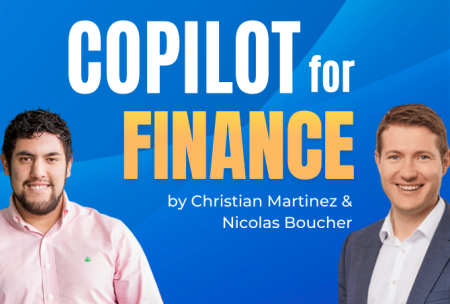
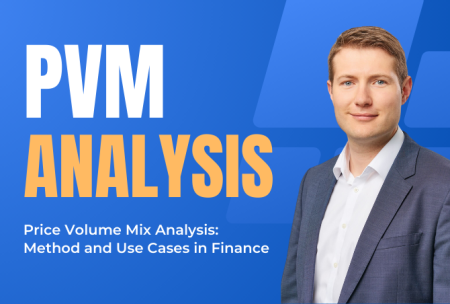
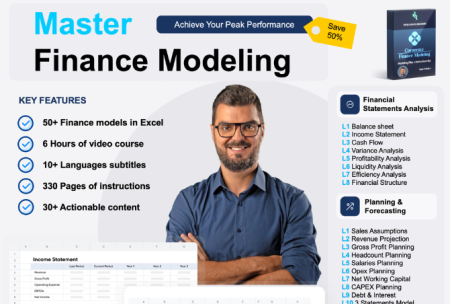


















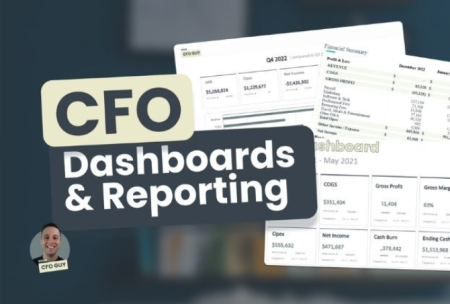



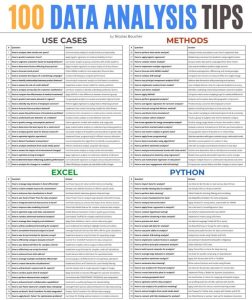
Jeff Epstein
Partner at Bessemer Venture Partners, ex-CFO of Oracle, Board Member of Twilio